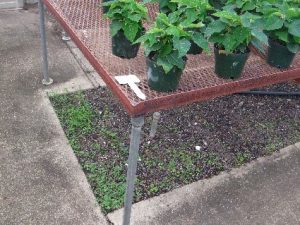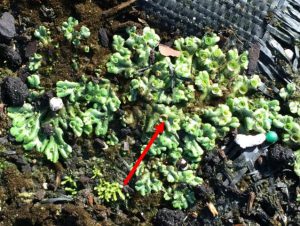Last Updated on May 27, 2020 by Yuvraj
Weeds compete with crops for water, light, and nutrients, and will reduce crop marketability. In a restricted growth environment, such as container plant production, weeds reduce marketability and crop growth by almost 60%.

Although there is protection from wind and rain in a greenhouse or any other enclosed structures. Weeds and their seeds spread into greenhouses through plant materials, media, tools, equipment, and humans. These weeds germinate especially in structures with gravel, dirt, container drain holes, or along edges, tears, and worn areas of ground cloth. Weeds under benches and on walkways do not directly affect plant growth but often harbor pests such as aphids, whiteflies, thrips, and mites, as well as diseases. Hence, keeping a weed-free greenhouse is essential for producing healthy and marketable crops.

An integrated pest management program uses both chemical and non-chemical methods to ensure efficient and economic weed control. Nonchemical methods include sanitation and prevention, hand weeding, and proper cultural control practices (irrigation, spacing, fertilization). Only a few herbicides are labeled for use inside greenhouses due to the potential for crop injury or death. The use of non-chemical methods is best when possible, but chemical control can be used to control escaped weeds.
For detailed information on weed control inside greenhouses and other enclosed structures including specific recommendations for chemical, physical and cultural weed controls, please consult https://edis.ifas.ufl.edu/ep528
 0
0
